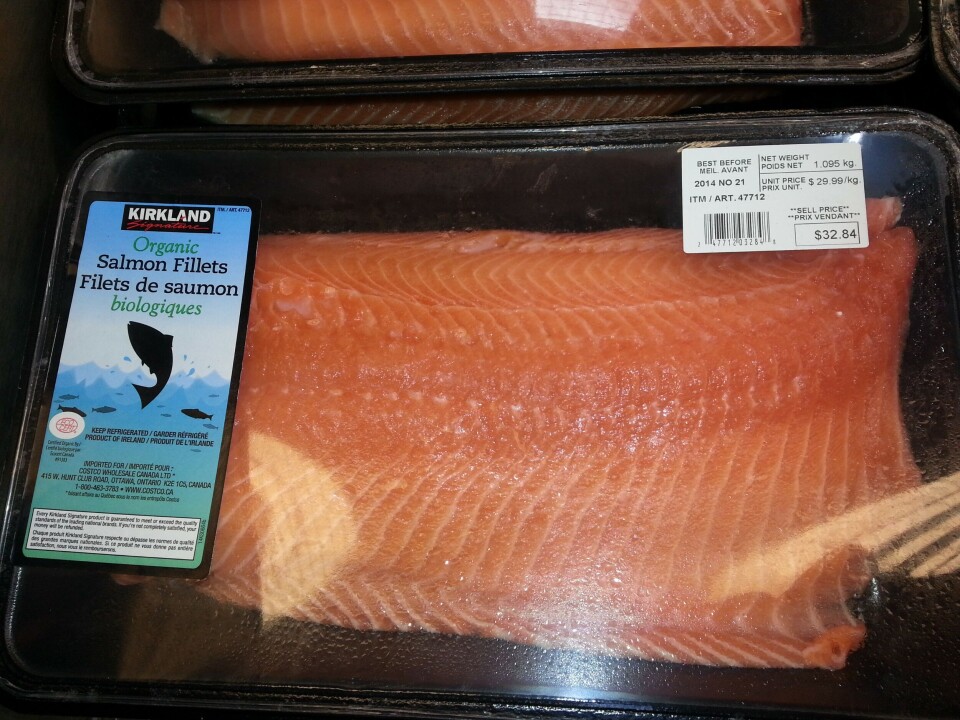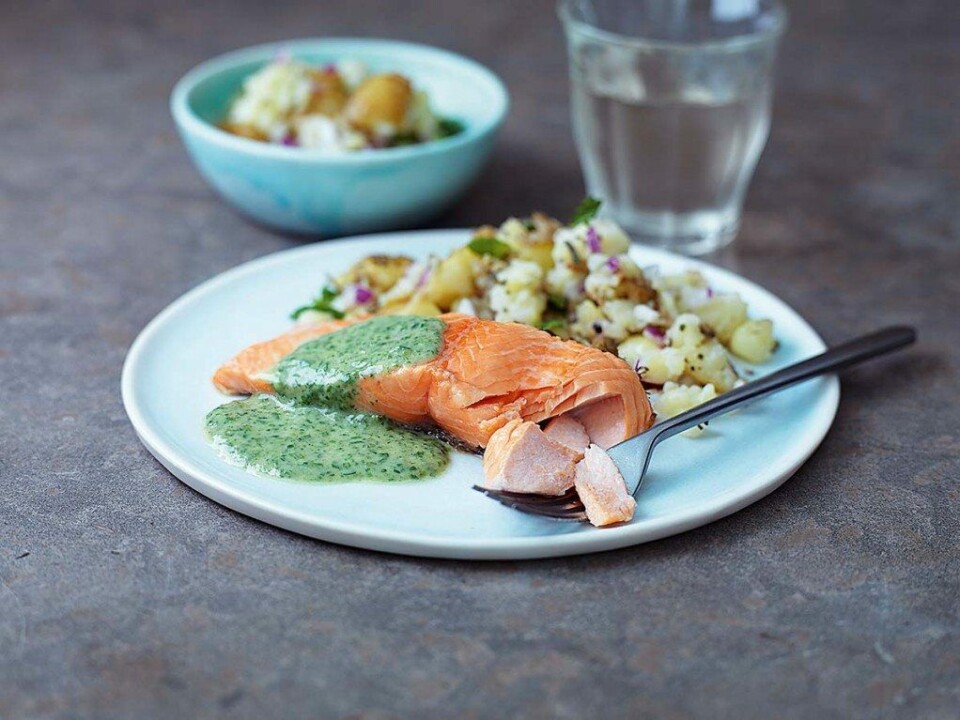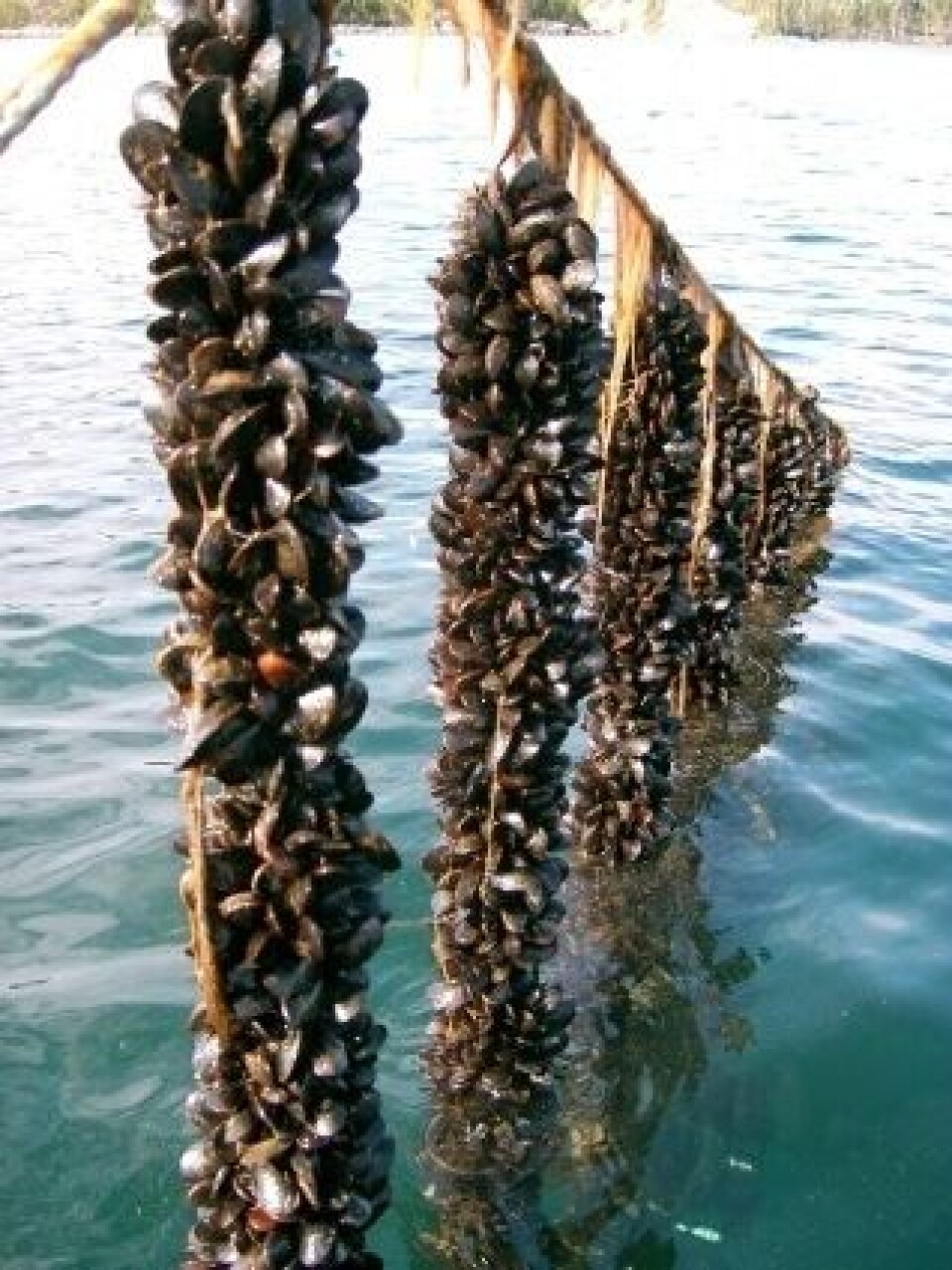
Scotland lags as EU organic salmon production rises
Organic production of salmon soared by 24 per cent between 2012 and 2015 across the EU, while it doubled for rainbow trout and tripled for seabass/seabream, according to a study by the European Market Observatory for Fisheries and Aquaculture Products (Eumofa).
In Scotland, however, production of organic salmon in 2015 fell to 2,382 tonnes, down by 48 per cent on 2012’s figure of 4,597 tonnes. Over the same time period, the number of organic cage sites in Scotland was down from seven to five, out of a total of 250 cage sites.
The Eumofa study, which investigated the economic performance of organic aquaculture, focusing on price premiums and differences in production costs deriving from organic certification and identifying the beneficiaries of added value in the supply chain, found that organic products accounted for almost 4 per cent of total EU aquaculture production and reached approximately 50,000 tonnes in 2015.

The researchers noted: “Overall in the EU, by far the main producer of organic farmed products is Ireland, accounting for 44 per cent of the EU total organic production; then comes Italy (17 per cent), the United Kingdom (7 per cent) and France (6 per cent).
“According to our estimation based on literature review and interviews, the main species produced under organic standards in 2015 were: salmon, with more than 16,000 tonnes produced (9 per cent of total EU salmon production, the main producers being Ireland and the UK); mussels, with almost 20,000 tonnes produced (4 per cent of EU total mussel production, with Ireland, Italy and Denmark being the main producers); carp, with about 6,000 tonnes produced (8 per cent of EU total carp production, the main producers being Hungary, Romania and Lithuania); trout, with almost 6,000 tonnes produced (3 per cent of EU total trout production, the main producers being France and Denmark); and seabass and seabream, with about 3,400 tonnes produced (2 per cent of EU total production, the main producers being Italy, France and Greece).”
Scotland sales price premium
However, the researchers warned that the economic performance of organic aquaculture is far from satisfactory everywhere or for all species, noting an OrAqua study which compared the cost of production of conventional and organic salmon in Norway, Ireland and Scotland found that only Scotland achieved a sales price premium which was significantly superior to the extra cost generated.
“Organic salmon provides good sales price premiums, which on average cover the extra costs generated by organic farming, in a context of increasing international demand,” the Eumofa study said. “Organic farming of seabass and seabream also allows producers to reach price premiums. However these are lower than the additional costs occurred, in a context of limited market expansion.
“Organic trout farming leads to significant price premiums and extra margins, compared to conventional aquaculture; demand is strong, in particular from the smoking industry.

“Organic mussel farming, which developed more recently, is benefiting from a strong demand and can provide 20 per cent price premiums. Organic carp, however, cannot cover its extra costs with equivalent sales price premiums and would suffer heavy losses without EFF subsidies.
“The part played by the downstream margins (processing, trade and retail) is much bigger in the organic supply chain than in the conventional one. Smaller volumes (which means extra costs per unit) and lower turnover rates (which mean higher losses and higher risks) explain this situation.
Economies of scale are hard to achieve
“One of the major economic issues for the development of organic fish farming is the low scale of production and economies of scale are the most obvious way to reduce costs, not only at production level but also at logistics and distribution level. However, economies of scale are often hard to achieve because of the difficulty of access to new farming sites and the limited expansion capacities of the market for some species.
“The extension of the range of species organically farmed is technically possible but has to face the lack of knowledge and timidity of the market. Certification is a development driver and strongly established organic labels are likely to speed up the development of the market. But sustainable is a big competitor to organic. Large-scale retailers sometimes adopt a fish purchasing policy more sustainable-driven than organic-oriented and consumers are sceptical and confused in front of a variety of ecolabels and organic logos.”




















































